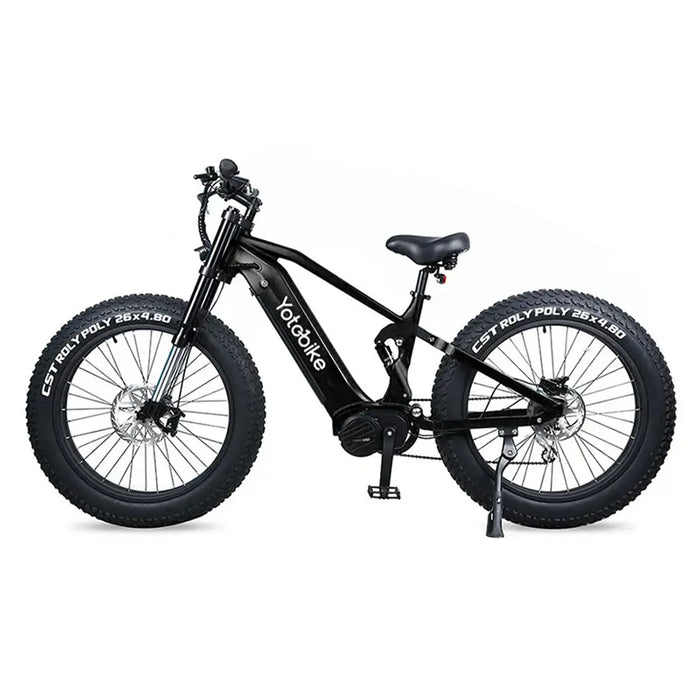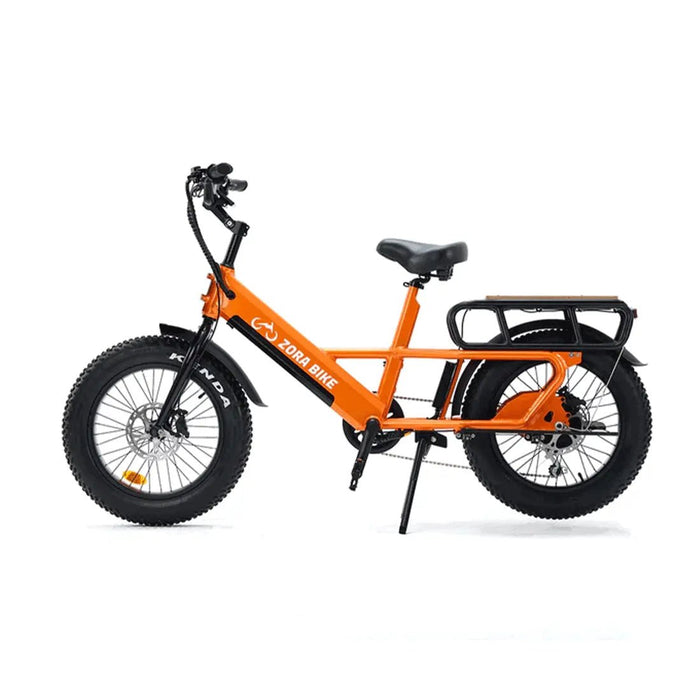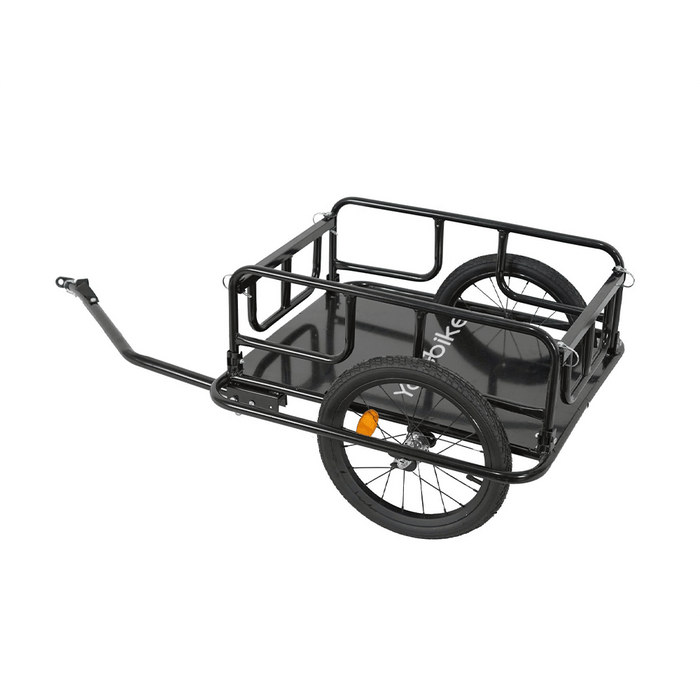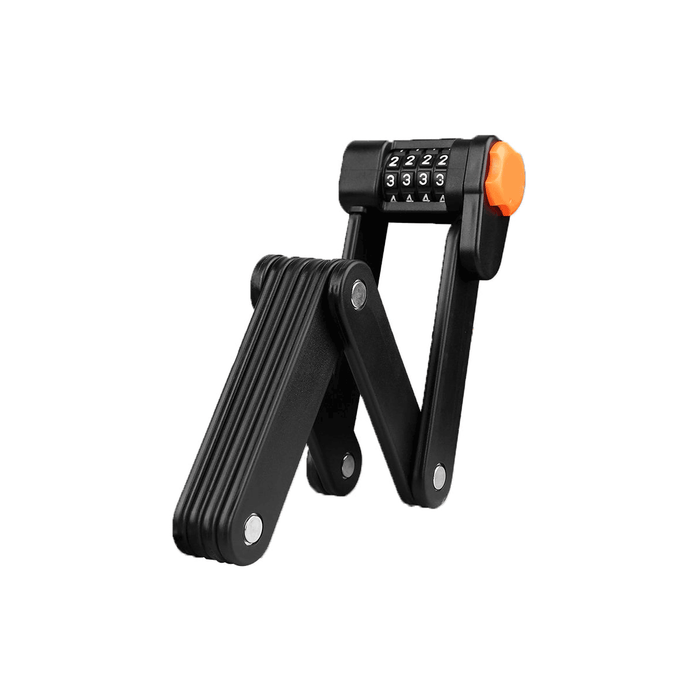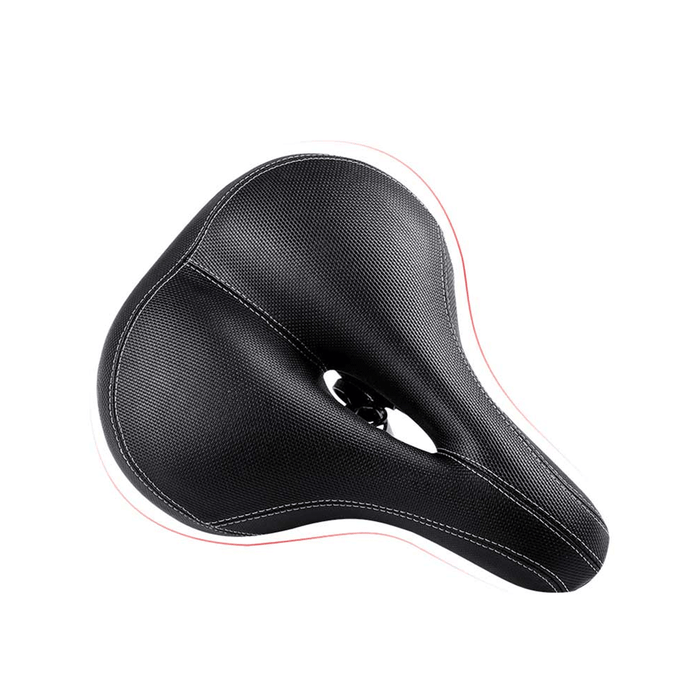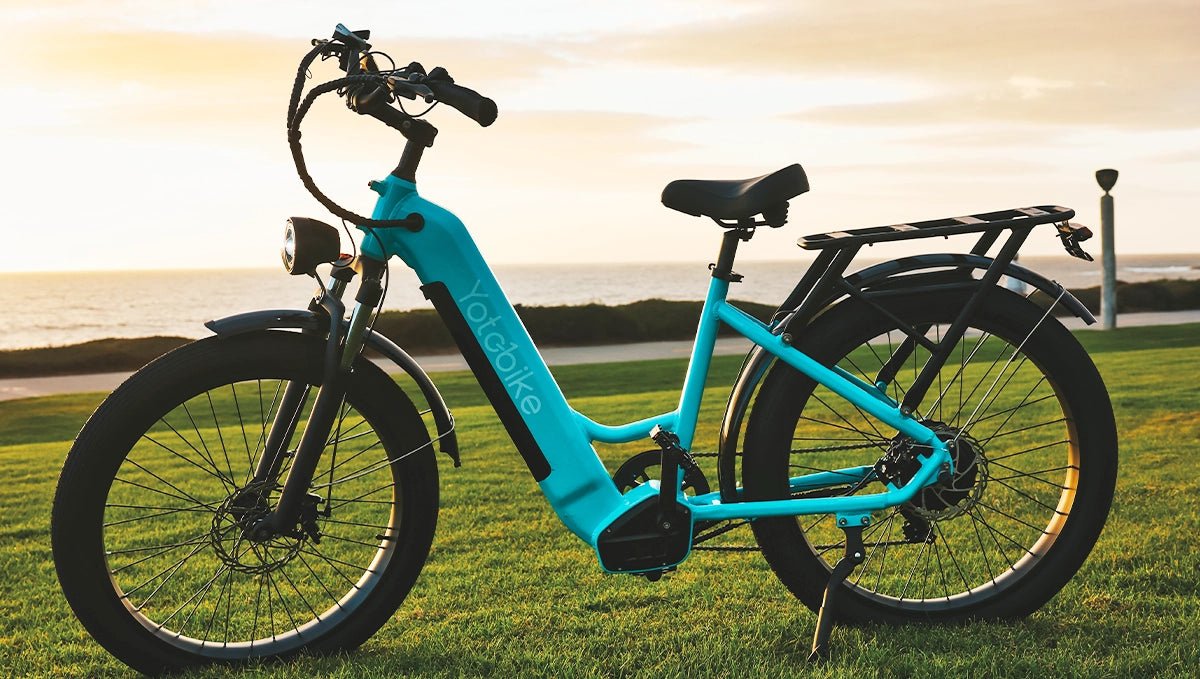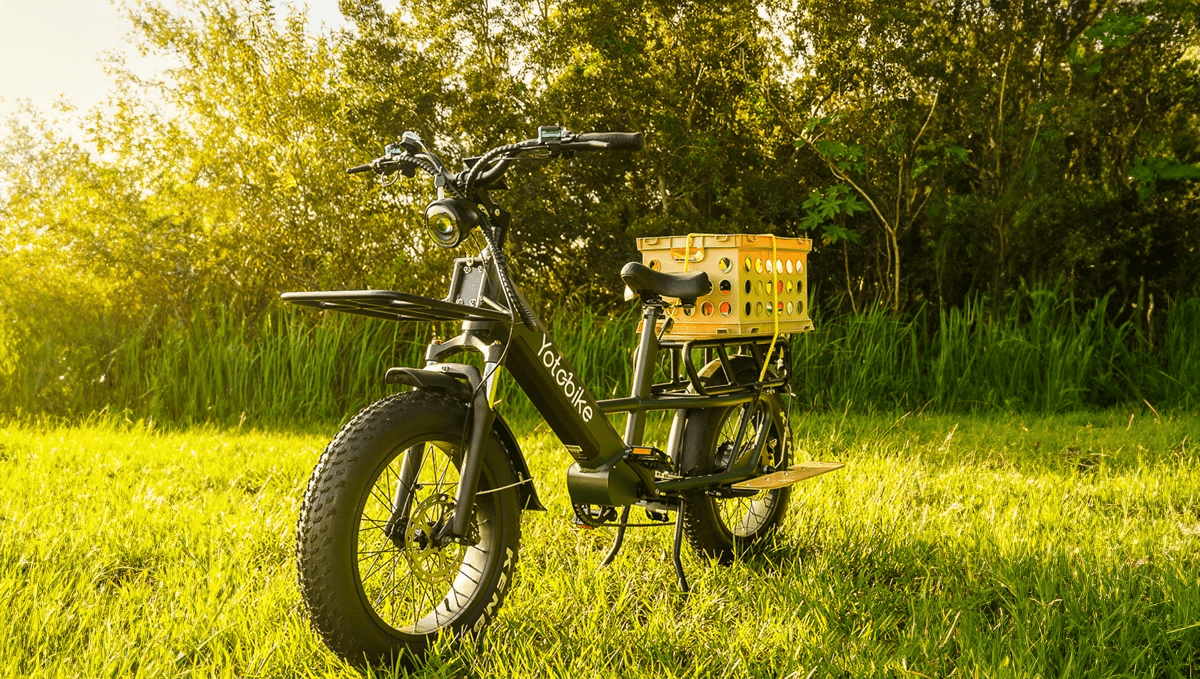
The hum of an e-bike slicing through the crisp morning air captures the curiosity of onlookers. With its sleek frame and powerful motor, an e-bike seems a blend of innovation and simplicity. But beneath its modern appeal lies a question that stirs debate: is an ebike considered a motorized vehicle? Read now to find the answer here!

What Does an Electric Bike Consist of?
E-bikes consist of critical components that enhance their performance as compared with regular bikes.
Electric Motor
The electric motor is considered to be the heart of the e-bike. This component provides assistance to the rider. It can be located in the hub of the front or rear wheel. Some brands place their motor on the bike’s crankset.
The motor’s power is typically measured in watts. Most e-bikes feature motors with ratings from 250 to 750 watts.
Battery
The battery supplies power to the motor. E-bike batteries are commonly lithium-ion and are rechargeable. An e-bike’s battery can be located in the frame or mounted on a rear rack.
Controller
This component manages the power flow from the battery to the motor. It even determines how much assistance is provided based on the rider’s input. The latter may be pedaling force or throttle use.
Pedal-Assist Sensor
For pedal-assist e-bikes, this sensor detects when the rider is pedaling. It adjusts the motor’s assistance level accordingly. This feature ensures that the motor aids the rider without taking over completely.
Throttle (For Some Models)
Some e-bike models are equipped with a throttle. This part allows the rider to control the motor’s power directly without needing to pedal.
These essential components work together to create an efficient and user-friendly electric bike, offering a smooth and enjoyable riding experience. Whether you're commuting to work or enjoying a leisurely ride, an electric bike can significantly enhance your journey. One such remarkable e-bike is the Yoto electric bike. Designed for adults, it combines advanced technology and a sleek design to provide an exceptional riding experience.
Is an E-Bike Considered a Motorized Vehicle?

Generally speaking, e-bikes are not classified as traditional motorized vehicles. However, there are some nuances depending on specific jurisdictions.
For example, based on the California vehicle code, e-bikes are not motor vehicles if they meet the following criteria:
- Operable pedals: The e-bike is equipped with fully functioning pedals.
- Motor power: The e-bike’s motor should produce no more than 750 watts (1 horsepower).
- Motor assistance: The motor assists the rider with forward motion. It then disengages when the rider activates the brakes.
Once an e-bike adheres to the mentioned specifications, it is classified as a bicycle. Thus, e-bike riders are not required to have a driver’s license, registration, or liability insurance. However, they must still adhere to certain restrictions depending on the e-bike type and local regulations.
Yes, e-bikes are not required to carry liability insurance. However, they still remain legally liable for damages or injuries they may cause. Thus, while e-bikers are not treated as motorized vehicles, they are still subject to specific rules and responsibilities.
Differences from Motorized Vehicles
While e-bikes do have electric motors, they are usually not considered motorized vehicles because of the following:
- Lower speed and power: E-bikes are typically limited in speed and motor power compared to cars and motorcycles.
- Pedal assistance: Many e-bikes require the rider to pedal. This is a key factor in differentiating them from motorized vehicles.
What Are the Criteria for Judging Motor Vehicles?
Motor vehicles are generally defined by their ability to operate independently of human pedaling. Their higher speeds and power outputs matter, too.
|
Criteria |
Motor Vehicles |
E-Bikes |
|
Power Source |
Powered primarily by internal combustion engines or powerful motors |
Have motors that assist rather than replace human effort |
|
Speed Capabilities |
Can achieve significantly higher speeds |
Usually limited to lower speeds |
|
Operational Independence |
Operate independently of human physical effort |
Require pedaling, though riders receive assistance from the motor |
|
Regulations |
Subject to stringent regulations such as licensing, registration, and insurance requirements |
Generally face fewer regulatory demands |
Are E-Bike and Motor Vehicle Regulations the Same?
Answering the question “Is electric bike considered a motor vehicle” involves knowing how its regulations differ from that of motor vehicles. Generally, e-bike regulations are less stringent than those for motor vehicles. Here’s a comparison:
- Helmet requirements: Some regions may require helmets for e-bike riders, especially for Class 3 e-bikes. This contrasts with motor vehicles, where helmet use is not applicable.
- Insurance and registration: Unlike motor vehicles, e-bikes typically do not need insurance or registration. This reflects their classification as a type of bicycle rather than a full-fledged motor vehicle.
- Speed limits: E-bikes are subject to speed limits that are lower than those for motor vehicles. Such limits ensure safety. These also align with their classification as bicycles.
- Road access: E-bikes are often permitted on bike paths and trails where motor vehicles are not allowed. However, specific access rules can vary, and higher-powered e-bikes might face more restrictions.
Conclusion
So, is an e-bike considered a motor vehicle? The answer is no. While electric bikes feature a motor, it is generally not considered a motorized vehicle. It may be classified as a bicycle with electric assistance. The classification affects e-bike regulations, distinguishing them from cars and motorcycles. Knowing these distinctions is crucial for having a safe and legal e-bike adventure.
FAQs
Can electric bikes travel on motor vehicle lanes?
In many places, e-bikes are not permitted to travel in motor vehicle lanes. Especially if they exceed certain speed limits or power outputs. Instead, e-bikes are often restricted to bike lanes or paths. It’s essential to check local regulations to determine where you can ride your bike.
What is the difference between electric bikes and electric vehicles?
The main difference between electric bikes and electric vehicles lies in their operation and classification. Electric bikes, or e-bikes, are bicycles with electric motors that assist in pedaling. They are generally subject to fewer regulations. They are also not classified as motorized vehicles.
Electric vehicles, on the other hand, are fully motorized. They also operate independently of human pedaling, and are subject to more stringent regulations, including licensing and registration.
Are there different types of e-bikes with varying regulations?
Yes, e-bikes come in different classes. They may be Class 1 (pedal-assist only), Class 2 (throttle-assist), and Class 3 (high-speed pedal-assist). Regulations can vary based on the class of an e-bike. Their class also affects where they can be ridden.
What are the common speed limits for e-bikes?
Speed limits for e-bikes vary according to region. For example in the US, Classes 1 and 2 e-bikes can only reach a top speed of 20 mph. Class 3 e-bikes have a maximum speed of 28 mph. These limits are put in place to ensure safety and compliance with local regulations.




